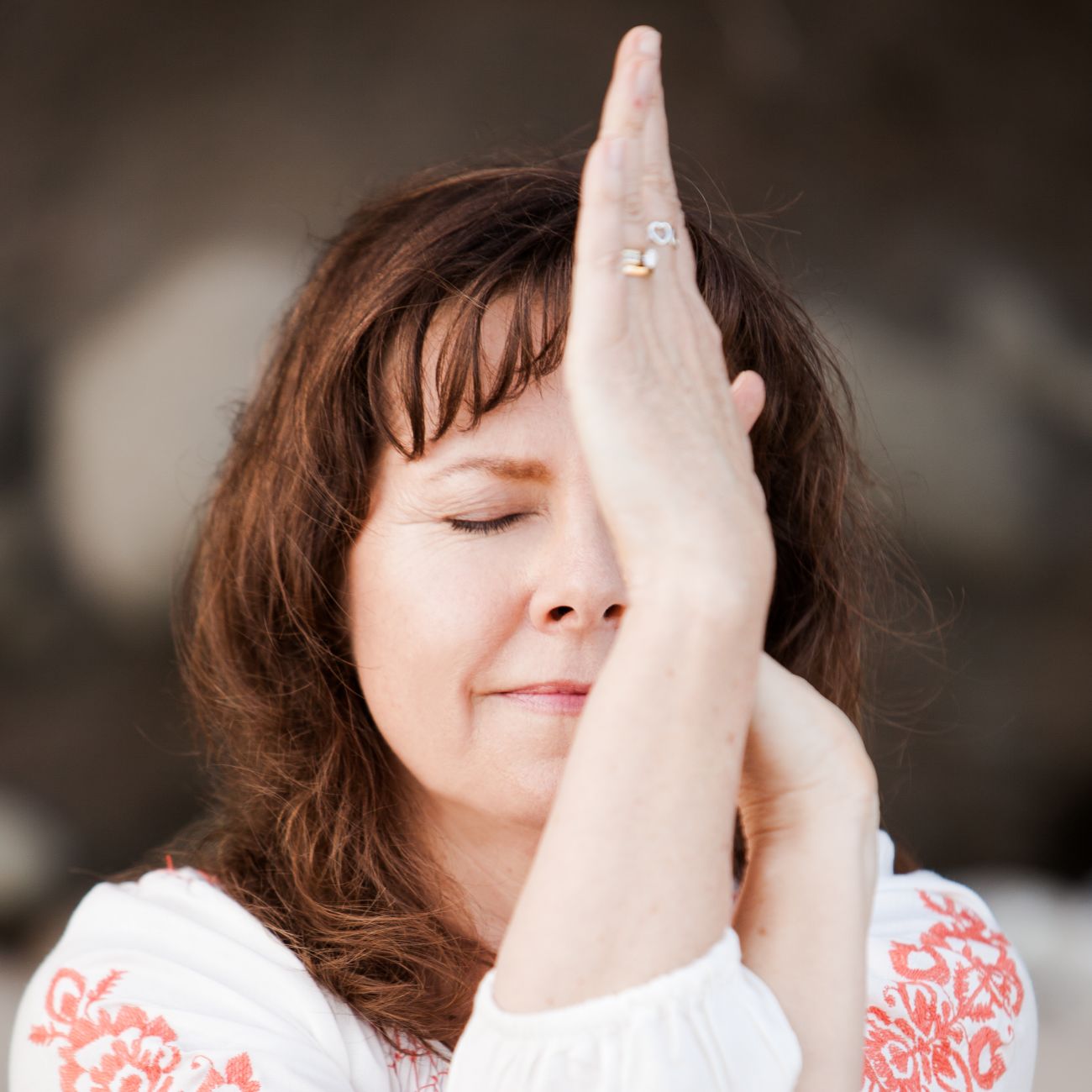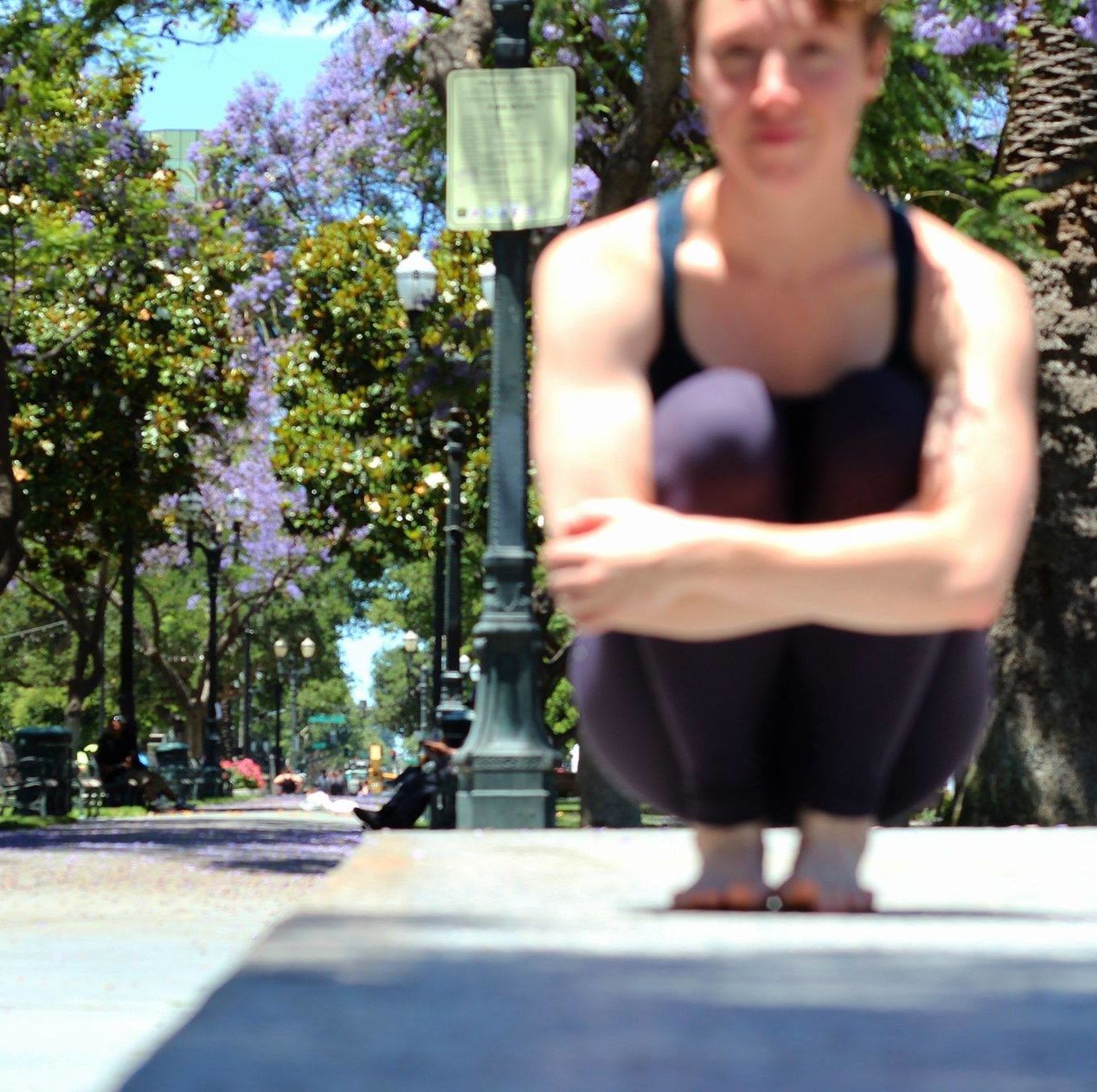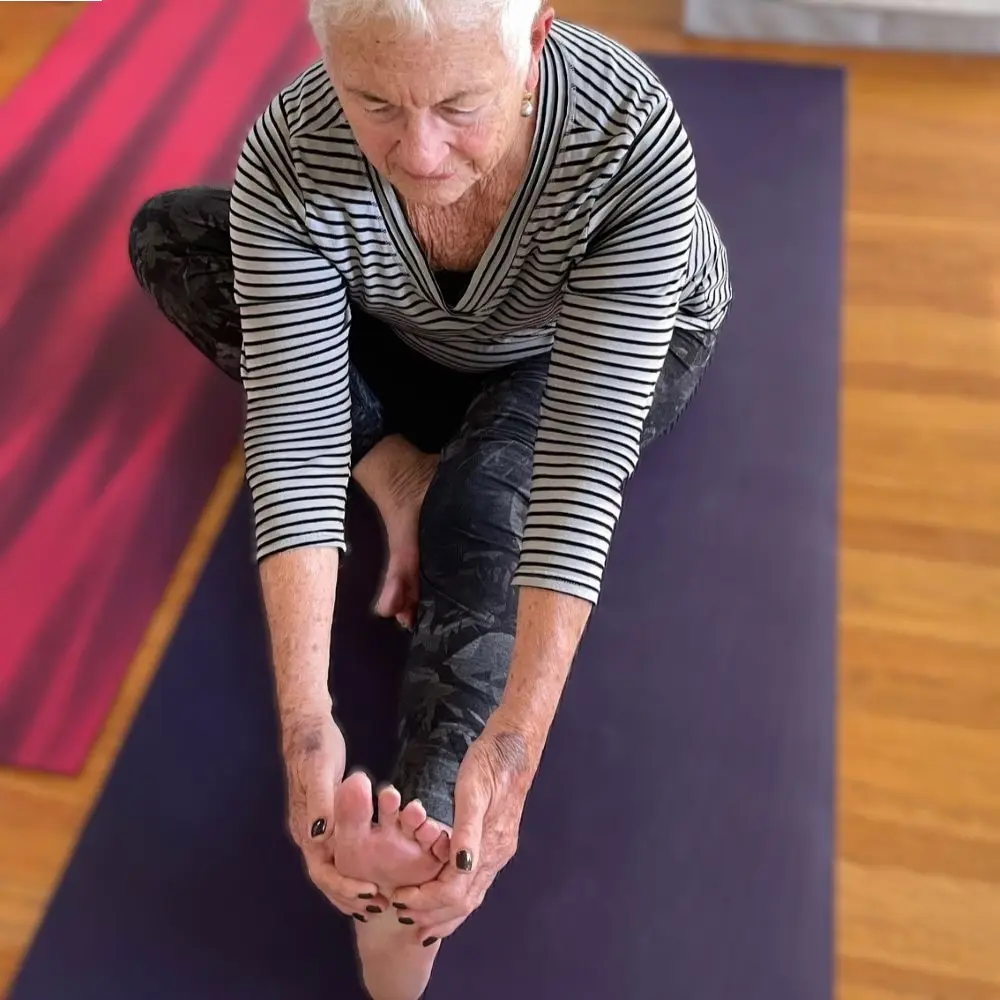Perhaps you have been struggling to find your sense of normal amidst the COVID-19 pandemic, which makes sense because this is an unprecedented time in our lives. Every day, the news is filled with negativity, incompetence, and more questions about what this year will bring and what our futures might be.
Naming our Trauma
You might be having trouble sleeping; finding yourself more jumpy, nervous, or over-reactive than usual; turning to distractions or substances; or feeling out of sync with your body and with others. If this sounds like you, take a moment to stop everything and recognize what you’re going through is not “normal.” Let’s acknowledge that we are collectively experiencing trauma right now. Many of us are experiencing specific symptoms and even re-experiencing specific triggers related to our pasts. The majority of us have had trauma – sometimes with a big T that upends life as we knew it – as well as many additional little-t traumas that subtly change our preferences and habits. Trauma leaves an indelible mark on our brains, minds, and bodies. Trauma is not something we “get over” or that “time will heal,” but something that we typically scar over or defend against with our egos and defense mechanisms. Sometimes, it even imprisons us from our fears.
Thankfully, there is healing available for (big T and little t) trauma. Trauma treatment differs from talk therapy, as it begins in your physical body and allows you to integrate your wounds to create a renewed way of living in cooperation with your body. If you’ve “tried therapy before and it didn’t work,” it’s highly likely that your underlying trauma was not addressed.
Symptoms and Struggles
I started having difficulty sleeping this past week. Even after a day of exercise, healthy meals, and mediation breathing exercises, I felt more exhausted than normal after working from home by video with my patients, who are each dealing with their various struggles amidst this pandemic. I laid in bed, noticing my heartbeat racing more quickly than it should have been at night. Despite all the various best practices I know to do (and am doing), I was having nightmares and stress-filled dreams more often than not.
My nightmares are my personal trauma themes. I was powerless as a child in a family hiding domestic violence and abuse. I was afraid of my parents and authority figures as they failed to see to my needs and took their frustrations out on me. I was ignorant because I had no name to understand what I grew up with until I was in graduate school studying to be a psychologist. I was out of control when my water broke at 28.5 weeks while pregnant with my IVF twins. I lived 120 days dissociated from life, waiting for our boys to be healthy enough to come home from the NICU. My dreams have been filled with out-of-control, unpredictable, unrelenting swarms of people invading my life and upending it. I would wake up with my heart pounding, my jaw clenched so hard I worried I’d cracked a tooth, and tears sometimes streaming down my face.
Does any of this sound or feel familiar to you? Is your past being awakened, stirred up, exacerbated because of all that is happening to you, to us, and to others as a result of the COVID-19 virus? Our brains are wired to pattern match our traumas and sound the panic alert forever… until we heal them.
5 Actions to Increase Calm
To increase our ability to self-regulate and heal our body-minds, I’ve been using these actions with my patients and myself:
- Prepare for rest. Every evening, spend more time winding down than you normally would. Give yourself enough time to let go of the day’s stressors and prepare for sleep.
- Practice gratitude. Choose to see the good moments, the good people, and the good choices you can make. Consciously note them in writing or in reflection.
- Experience emotions. Continue to allow your emotions to overflow into tears of grief so you don’t carry them into the night. Acknowledge the sorrow that comes with loss and unpredictability.
- Practice presence. Spend five to 10 minutes breathing deeply. Place one hand on your belly, the other on your heart, and pay attention to the breath as it comes in and goes out like the ocean’s waves. See if you can slow the exhale, and watch yourself breathing. Come back to your breath when you get distracted.
- Practice comfort. Take your hands and crisscross them over your chest, hugging yourself. Tap on your shoulders, alternating left hand and right hand in a steady march that soothes your body-mind.
Long-Term Solutions
While we cope with the new circumstances required of us due to COVID-19, we must also prepare for a new normal. There is no going back to life as it was, the people we were. The hope is we emerge from this global crisis prepared to live life differently, more empowered, and able to participate in improving ourselves and our society. Therapists are still working online and sometimes in person. Seek out providers who are trained in evidence-based, trauma-specific treatments.
Your healing is worth the time and effort because your healed self has even more to offer you and this world. Choose to see each moment of stress as another opportunity to rewrite your brain, heal your body, and rectify your past.
Keep breathing. Keep choosing. Keep living.















One reply on “5 Actions for Coping With Unrecognized Trauma”
Thank you for sharing your experiences and this practical guide on what we can do to help ease our suffering. 🙏